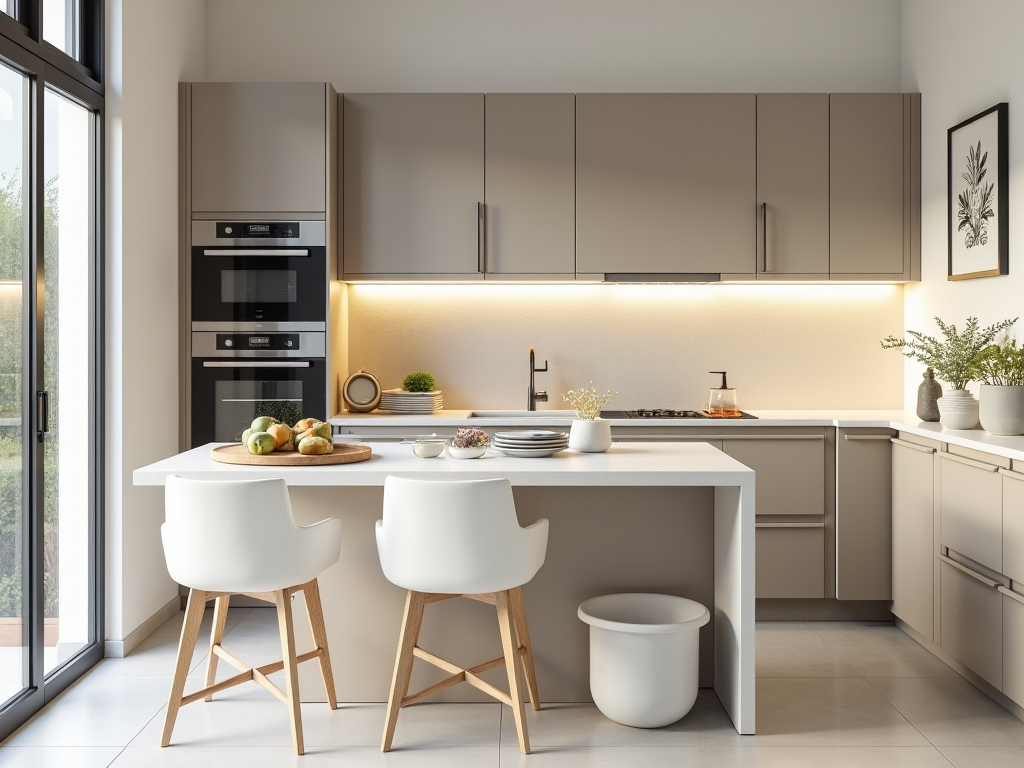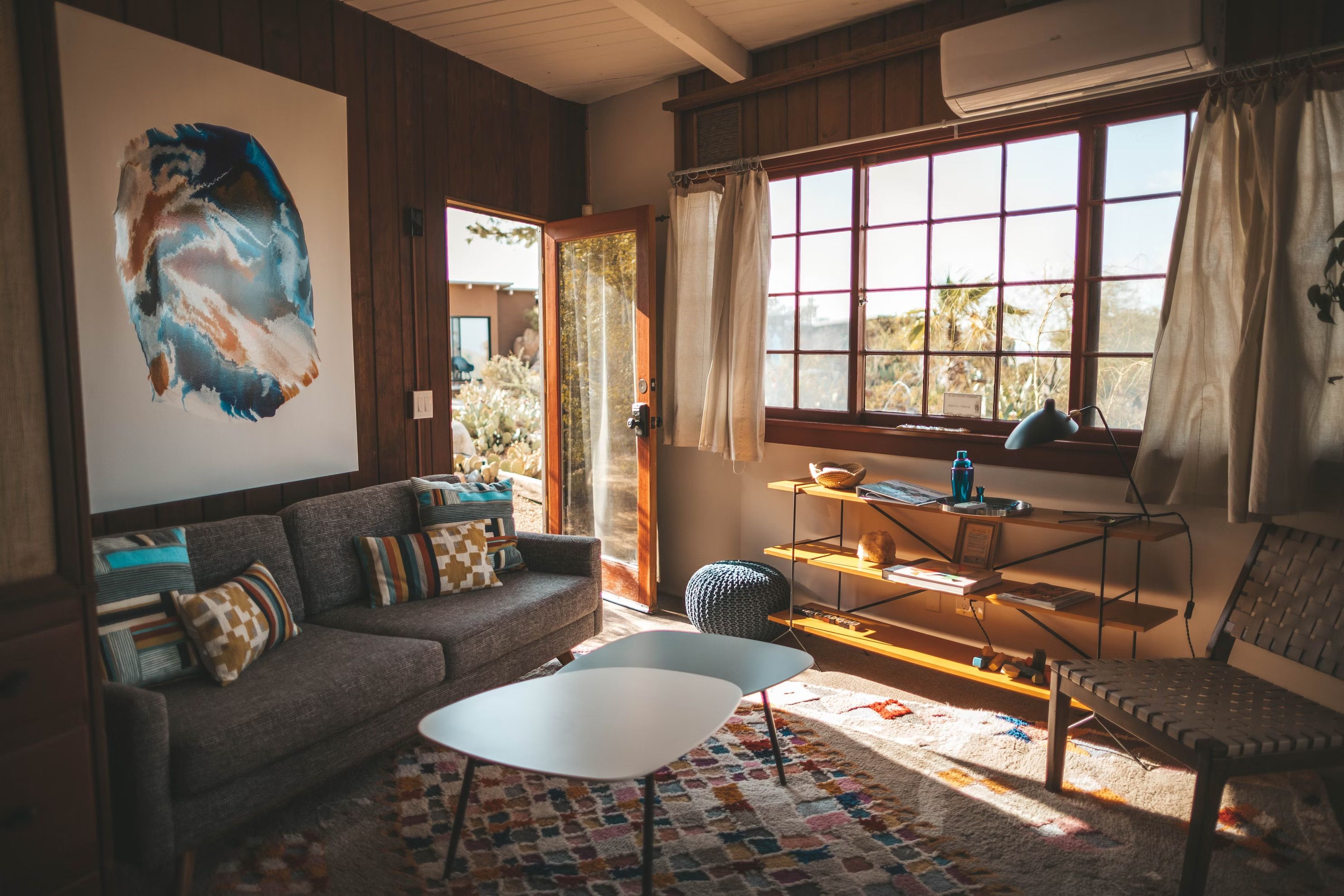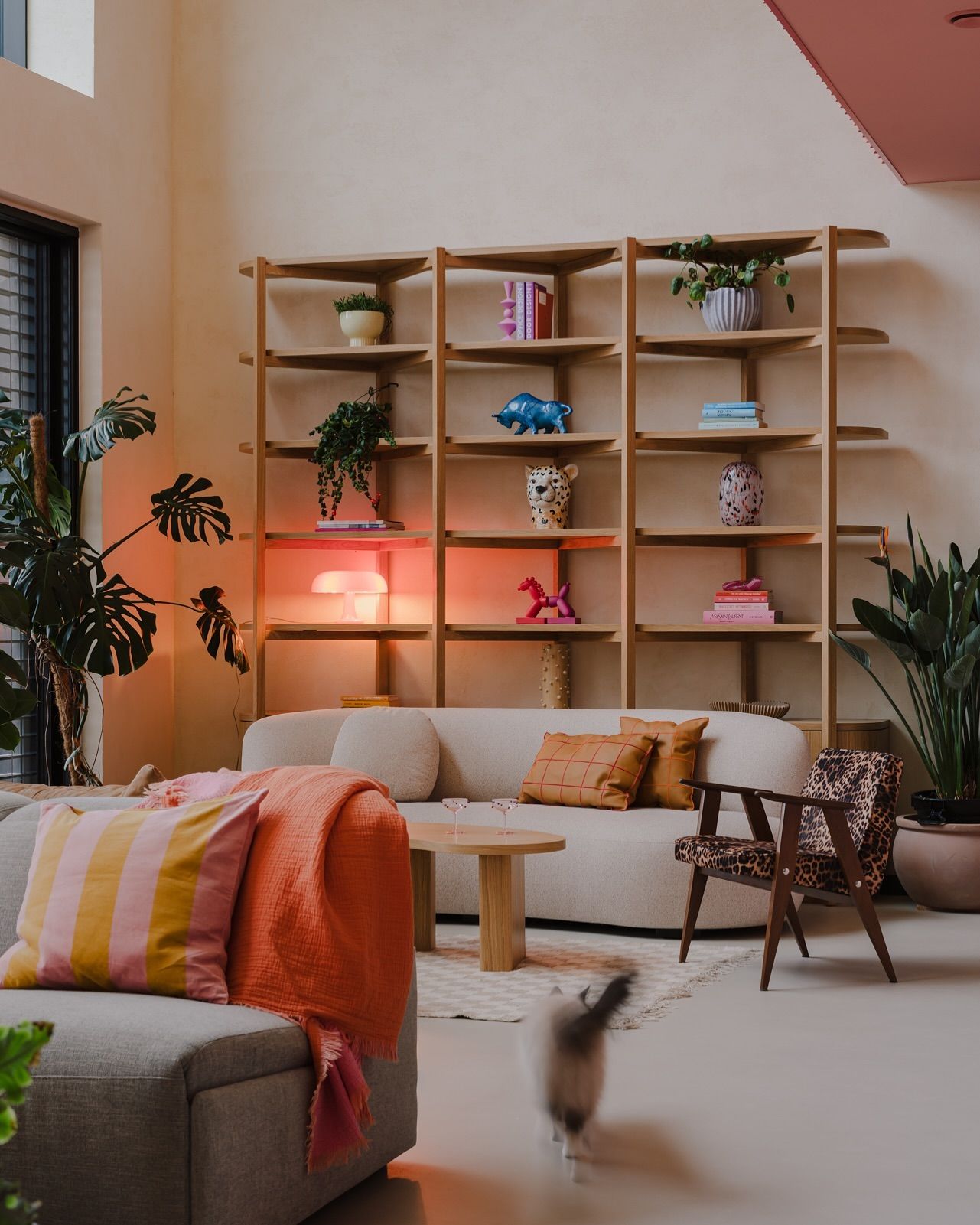Quick facts
Can't find the answer you're looking for? Please get in touch with our friendly team.
What is the easiest kitchen tile to keep clean?
Porcelain tiles are the easiest kitchen tiles to keep clean. They are non-porous, resistant to stains, and can be wiped down easily. Additionally, their durability makes them less prone to scratching, which helps maintain their appearance over time.
What kitchen tile won't go out of style?
Subway tiles are timeless and versatile, making them a popular choice for kitchens. Their simple, rectangular shape and classic white color can complement various design styles. Additionally, natural stone tiles, like marble or slate, offer elegance and durability that remain stylish over time.
Which is better for kitchen ceramic or porcelain tile?
Porcelain tile is generally better for kitchens due to its higher density and lower water absorption rate, making it more durable and stain-resistant. Ceramic tile is more affordable and easier to install but may not hold up as well in high-moisture areas.
What is the best color tile for kitchen walls?
The best color tile for kitchen walls often includes light colors like white, soft gray, or pale blue, which can make the space feel larger and brighter. Neutral tones are also popular as they complement various styles and allow for easy changes in decor.
What's trending in kitchen tiles?
Currently, large-format tiles and natural stone finishes are popular for kitchen backsplashes and floors. Matte finishes are favored over glossy ones, while bold colors and geometric patterns add personality. Sustainability is also key, with eco-friendly materials gaining traction among homeowners.
What is the best tile to use in a kitchen?
The best tile for a kitchen is ceramic or porcelain due to their durability, water resistance, and ease of cleaning. They come in various styles and colors, allowing for versatile design options. Additionally, consider textured tiles for better slip resistance.
Category Overview
Introduction
Kitchen tiles are an essential component in any home, serving both functional and aesthetic purposes. They contribute significantly to the overall design and usability of your kitchen space, enhancing everyday life through comfort, utility, and decor. Whether you're preparing meals or enjoying family gatherings, the right kitchen tile adds a layer of warmth and style that elevates your environment—making it a central hub for relaxation and culinary creativity.
Functionality
The primary function of kitchen tiles is to provide a durable and easy-to-clean surface ideal for high-traffic areas where spills and splatters are commonplace. Tiles can be utilized on floors, walls, backsplashes, or even as accents around cooking areas. Different materials like ceramic, porcelain, or stone cater to various needs—ceramic offers affordability and simplicity while porcelain delivers higher durability against moisture. Unique features such as slip resistance enhance safety during meal prep or when kids are helping out in the kitchen.
Design & Style
Kitchen tiles come in an array of styles and materials that can complement any decor theme. Common options include ceramic tiles with colorful glazes for a vibrant look, or natural stone for an earthy feel. You might find geometric patterns that evoke mid-century modern aesthetics or classic subway tiles that bring a touch of farmhouse charm. Incorporating personalized touches such as mosaic designs allows you to showcase your individual style effortlessly. Whether you’re leaning towards a modern minimalist approach or a rustic kitchen vibe, there’s a perfect tile option waiting for you.
Practical Considerations
When selecting the right kitchen tile, several factors should guide your decision-making process. Consider the size of your kitchen; larger tiles can make smaller spaces appear more expansive while intricate patterns may add character to larger areas. Material durability is crucial—if your household experiences heavy foot traffic or frequent spills, opt for tougher materials like porcelain over more delicate options like traditional ceramics. Be mindful of common mistakes too: avoid overly dark colors in small kitchens as they can create a cramped feel.
Comparison and Alternatives
Common materials used for kitchen tiles each have their own pros and cons. For instance, wood-look tiles can lend warmth but require careful maintenance; on the other hand, ceramic offers ease of cleaning but may not match wood’s cozy appeal. Rectangular tiles are popular for elongated designs while square ones provide symmetry—considering room dimensions will help in making the best choice applicable to your space.
Trends and Popular Items
Currently trending in the world of kitchen tile are bold colors and intricate patterns that add personality to spaces otherwise dominated by neutral palettes. The resurgence of vintage-inspired hexagon designs reflects customer favorites who seek uniqueness without sacrificing functionality. As many homeowners embrace open-concept living layouts, large-format tiles are gaining popularity; their seamless look helps unify spaces while providing effective durability against wear-and-tear. In summary, selecting the right kitchen tile involves balancing practicality with personal style preferences—it’s about creating a space where comfort meets functionality every day!


